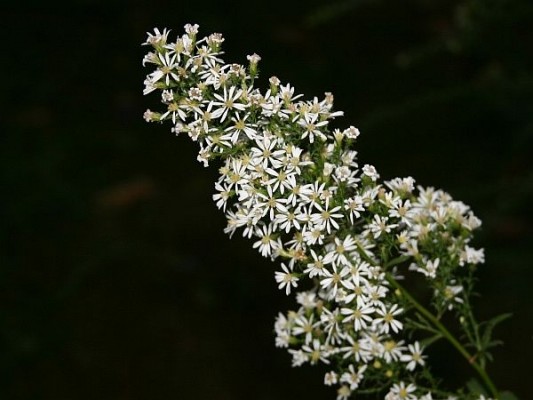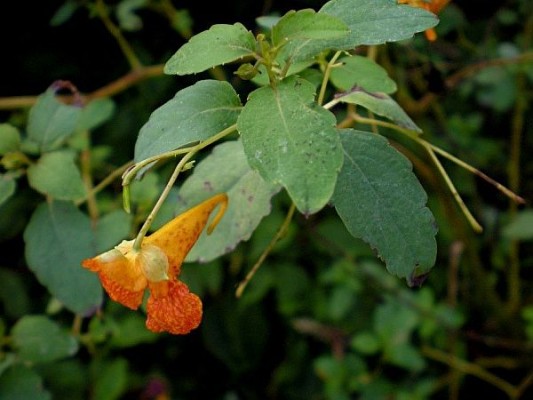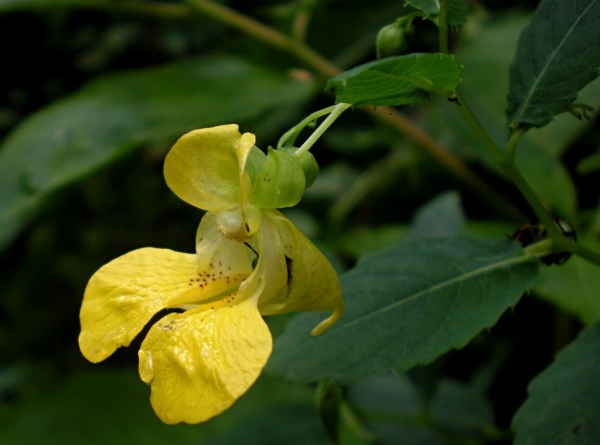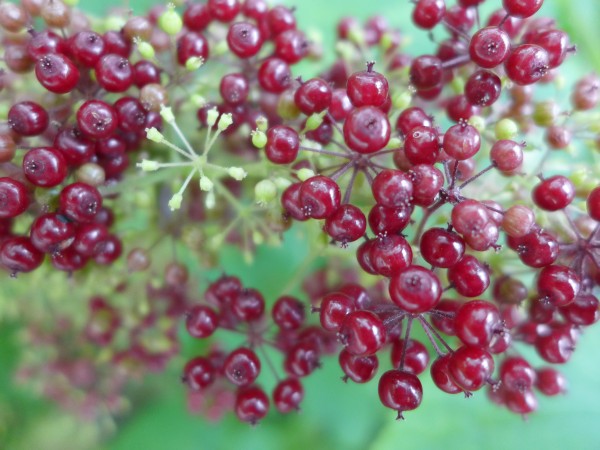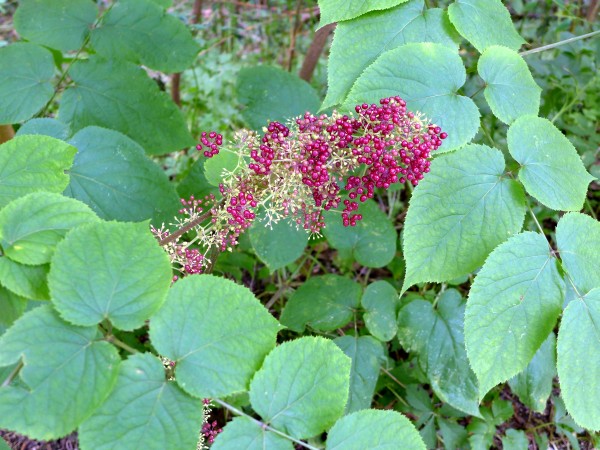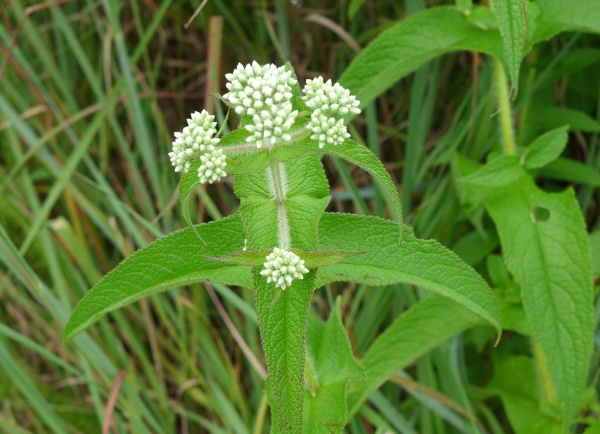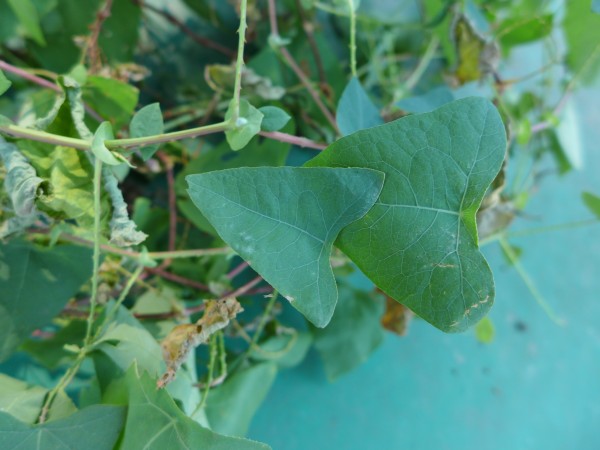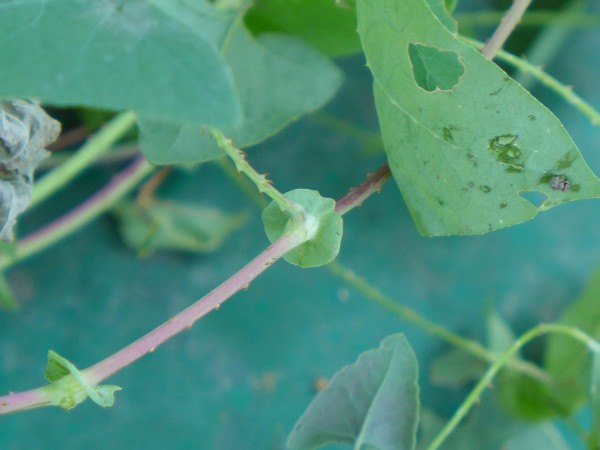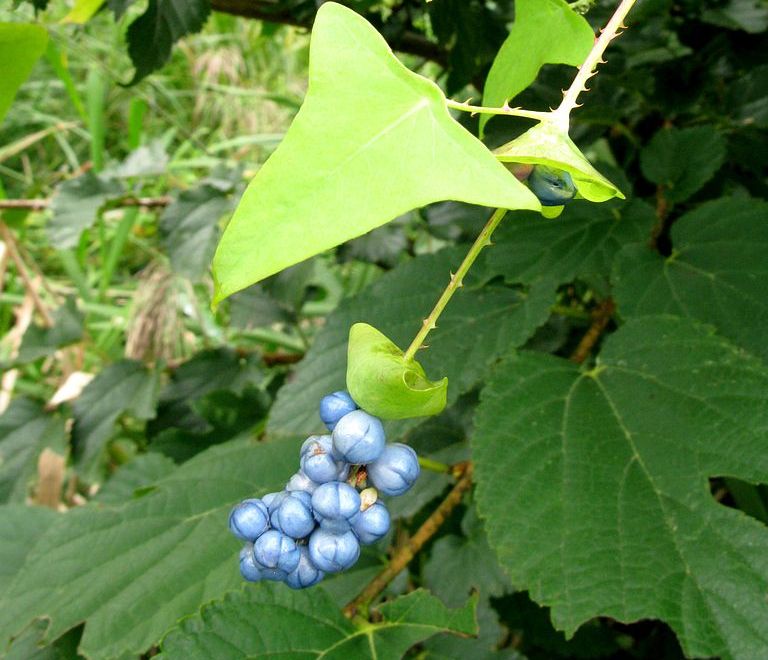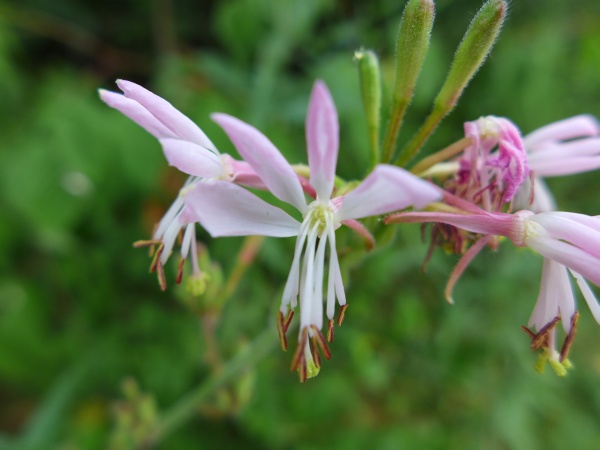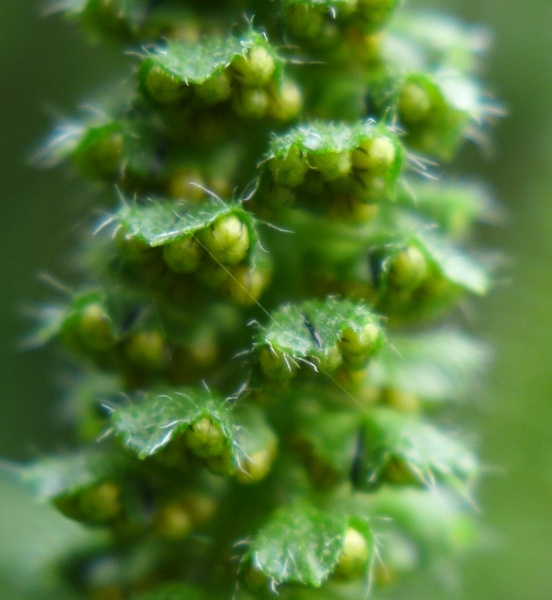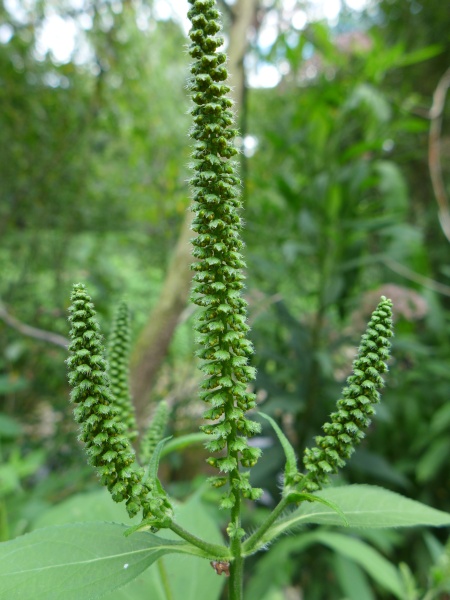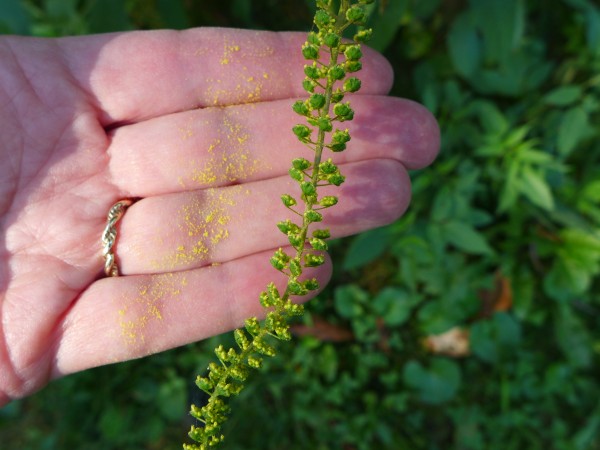
Last Monday I attended a botanical outing that promised fall orchids including this one: Late Coralroot.
Late or Autumn Coralroot (Corallorhiza odontorhiza) is a tiny orchid that grows in eastern North America from Quebec to Texas. Like Indian Pipe (Monotropa uniflora) it’s a parasitic plant that feeds on fungi so it has neither chlorophyll nor leaves. Most of the year it lives underground. Then in late summer it sends up one stem to produce tiny flowers only 1/5″ long which bloom from August to October.
The stems we found in Butler County, Pennsylvania were dark purple-brown, about 8 inches tall. From above they looked like small useless sticks but as soon as we found them we realized how easy it would be to step on one unawares. Yow.
The plant’s color and size made it difficult to photograph. Nonetheless, here are some (poor) photos to give you an idea of the plant. Here it is as seen from ground level, though not the entire plant.

This closeup shows the flower’s white un-notched lip with purple spots. It also shows a strange characteristic: Some flowers are rotated sideways.

When the flowers go to seed they droop along the stem.

Though abundant in the spot where we found it, this plant is listed as endangered in several states and “Exploitably Vulnerable” in New York … so I’m not revealing its location.
(photos by Kate St. John)




